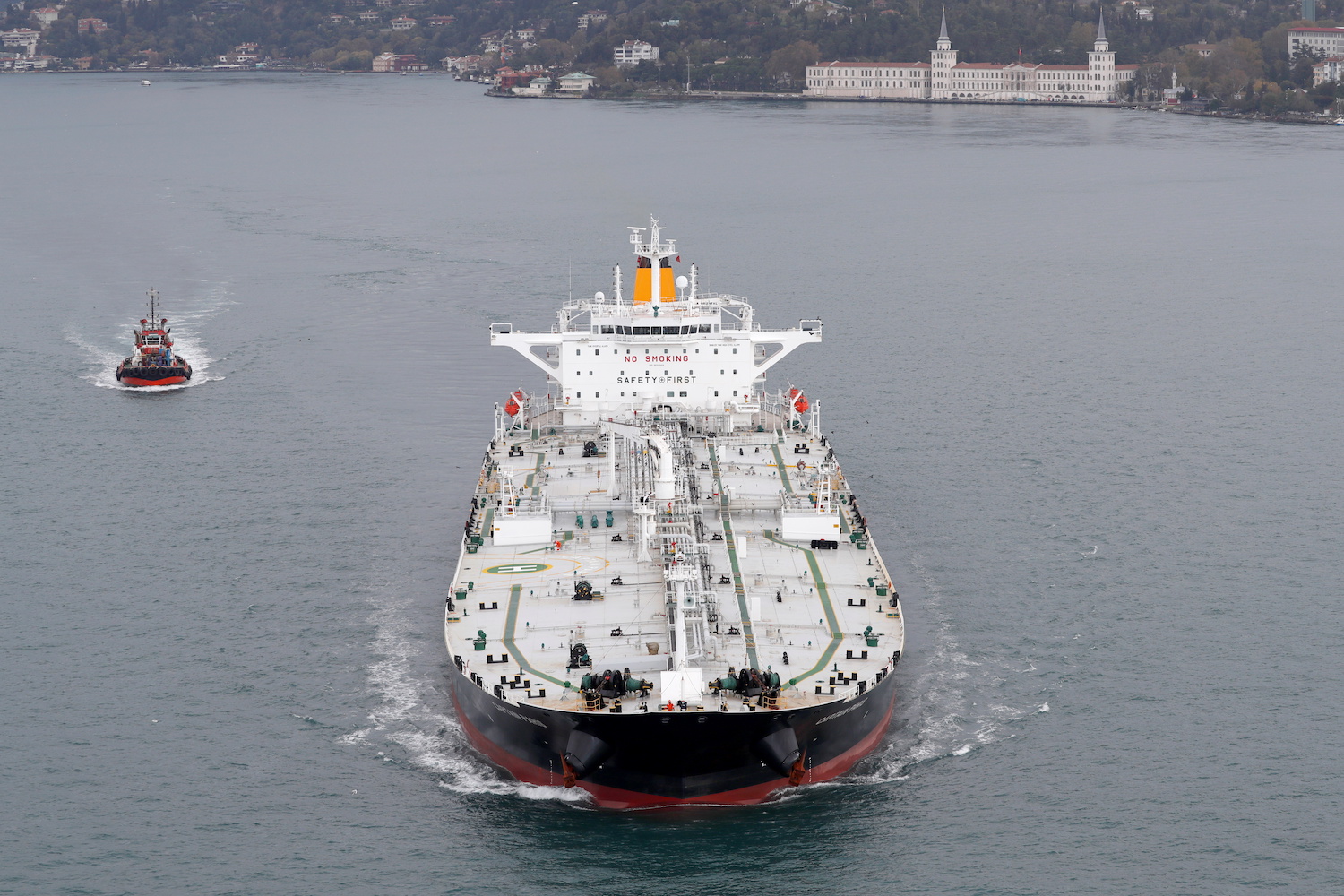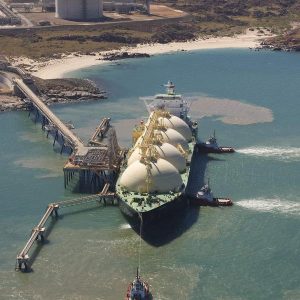(ATF) Over the last few years there has been a marked pivot in global energy markets. First, increased liquefied natural gas (LNG) usage, mainly for power generation and industrial usage, was supposed to replace coal and help reduce greenhouse gas (GHG) emissions, while helping countries meet their 2015 Paris Climate Accord goals.
After all, natural gas is the cleanest burning fossil fuel and it had already helped a number of countries, including China – the world’s largest energy consumer, and as such, its largest GHG emitter – reduce its carbon footprint.
However, in the ensuing two years, even cleaner burning LNG is facing headwinds, particularly in Europe where there is a move to no longer finance LNG projects and infrastructure.
In Asia, however, home to around two-thirds of global LNG demand, most countries are still happy to be replacing coal with LNG. Coal has been the dominant fuel source for power generation in the region, with associated environmental and health problems.
Now, the new energy kid on the block is not just hydrogen but “green” hydrogen, which is produced by using renewables instead of fossil fuels. Hydrogen has the potential to provide clean power for manufacturing, transportation, and other sectors, and even better – its only byproduct is water.
There is even “blue” hydrogen where carbon emissions are captured and stored, or reused.
Oil producers will have to adapt
While ‘green hydrogen’ holds promise for the future, its production still hasn’t reached economies of scale for many applications, similar in many respects to that of wind and solar just a few years ago.
Antonio Della Pelle, Director of Advisory at Singapore-based KBR, told ATF that currently ‘green hydrogen’ production is too small to support fast growth of a hydrogen-based economy and that production prices are three to four times of that of ‘blue hydrogen’.
However, global oil producers will still see a large slice of their respective global oil market shares evaporate due to hydrogen by the year 2050, Haim Israel, head of global thematic research at Bank of America told CNBC last Friday.
While oil and gas will still be needed going forward, it was nearing a peak in demand, he said, adding “We think it’s peaking this decade, it’s soon – way sooner than what everybody thinks.”
“We believe that hydrogen is going to take 25% of all oil demand by 2050,” he said, while admitting that oil was facing headwinds left and right.
“Yes, we’ll still need it. Yes, it’s still going to be around, but the market share of oil is going to plummet,” he said.
Della Pelle said if the world is going to achieve net-zero emissions by 2050 or earlier then hydrogen is a must to have in the future energy mix. “Without hydrogen it will be impossible to fully decarbonize certain sectors and industries,” he said.
Bad news for OPEC+, Russia
This, however, could be bad news for OPEC+ members that still derive substantial amounts of their state coffers from oil and in Russia’s case, both oil and gas. Other major oil producers like the US, the world’s top crude oil producer and third largest LNG producer, have diversified economies and can take more hits in their energy sectors.
The US oil and gas sector under the Biden administration is also making a major pivot that will force the country to drastically reduce GHG emissions and ramp up renewables investment, particularly solar, wind and now hydrogen, which will make its energy transition smoother.
Della Pelle, however, believes that oil and gas companies can reinvent themselves and take advantage of the hydrogen pivot.
“Many companies have already started the journey into the [hydrogen] future. Energy transition is here, and Covid has accelerated it and there is no way back,” he said. “The industry needs to embrace hydrogen, new opportunities are created and the oil and gas industry has huge experience in handling hydrogen that’s a plus and can play a key role for the future.”
Hydrogen will help countries like France, Germany, South Korea and the UK reach their recently announced carbon neutral by 2050 goals.
China, for its part, pledged in September to become carbon neutral before 2060 – no small feat given that coal represents nearly 60% of its energy mix with a plethora of new coal-fired power projects recently being sanctioned.
China already holds the distinction of being the world’s largest hydrogen producer by far, producing around 20 million tons of hydrogen per year, one-third of the world’s total hydrogen production, according to a report by the Green Belt and Road Initiative Centre.
Yet, the problem is how China allocates its hydrogen. In theory, its amount of hydrogen could cover about 10% of China’s energy needs, but most of China’s hydrogen is currently used for industrial and chemical processes (eg. for producing ammonia as agricultural fertilizer), the report added.
Adding to the quandary, most of China’s hydrogen is produced using coal, while electrolysis contributes to just 3% of the country’s total hydrogen supply.























